Father’s Day is a day of honouring fathers and many of us will be sending cards and gifts to celebrate. The day itself is relatively recent, having been introduced to Britain some time after the Second World War, nevertheless there is a long tradition of honouring and showing appreciation to one’s father.
The outbreak of the First World War in 1914 separated family members from each other. Sending gifts and letters home (and vice versa) was important to soldiers and their families. This embroidered postcard was sent from a soldier serving in France during the First World War to his father in Longton. This kind of embroidered postcard was a common souvenir for soldiers in France to send home. The museum collection includes several of this type of postcard but this is the only one which was designed to be sent to a soldier’s father.
Embroidered silk postcards were used in France before the advent of the First World War but they saw a boom in popularity with soldiers who wished to send home souvenirs. Many different designs were created, with sentimental messages and patriotic images being particularly popular.
This poignant example is embroidered on the front with ‘To My Father from your Loving Son’. Also included in the envelope is a small card which reads ‘A Kiss from France’. The writing on the reverse says ‘Dear Father, I hope you will take this as remembrance from your loving son’.
The envelope that the postcard came in is marked ‘YMCA’, ‘On Active Service’ and ‘Passed Field Censor’. The YMCA was one of the largest providers of civilian support to soldiers and their families during the First World War. The charity spent £7 million on notepaper for over 200 million letters home.
Imagine how uplifting it must have been for this father to receive a postcard from his loving son on the front line. Whilst they were separated, postcards like this were vital channels of communication, in this case for a son to show his love for his father.
Image shows an embroidered postcard from WW1 sent from a son to his father at home in Longton. STKMG:2006.LH.81.4
Written by Abigail Taylor (Assistant Curator, Local History/VSA)

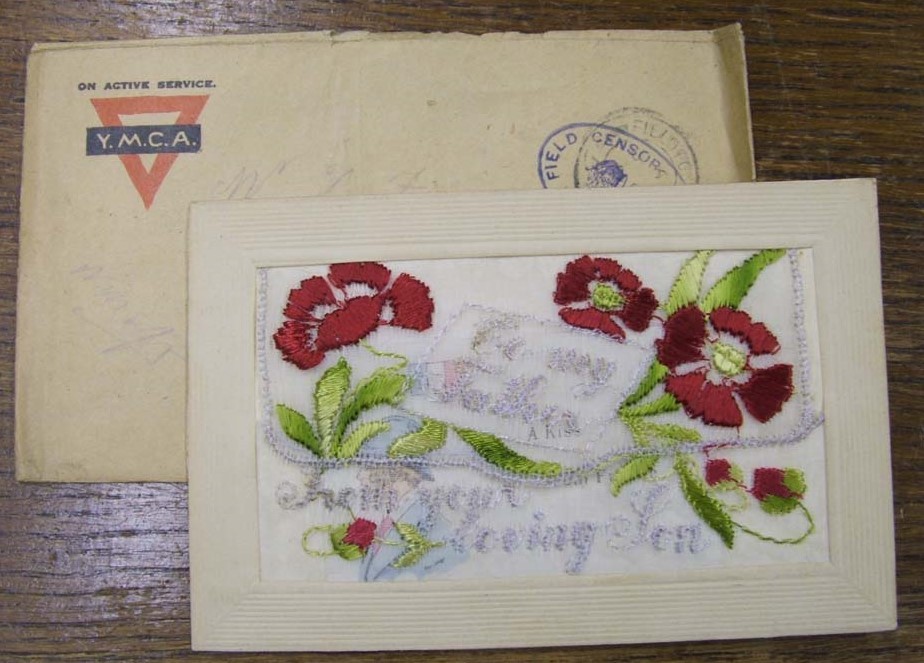


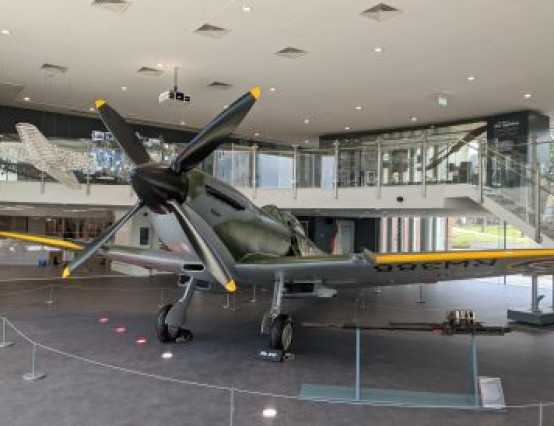
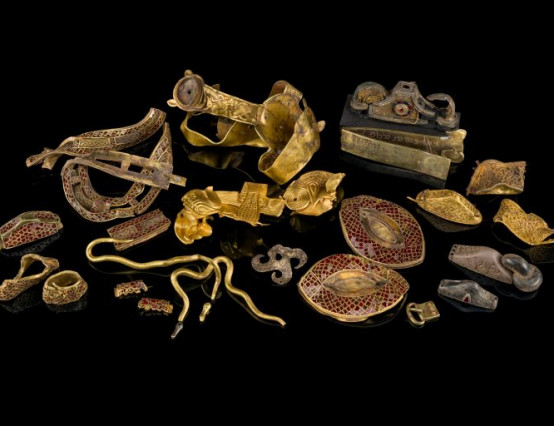
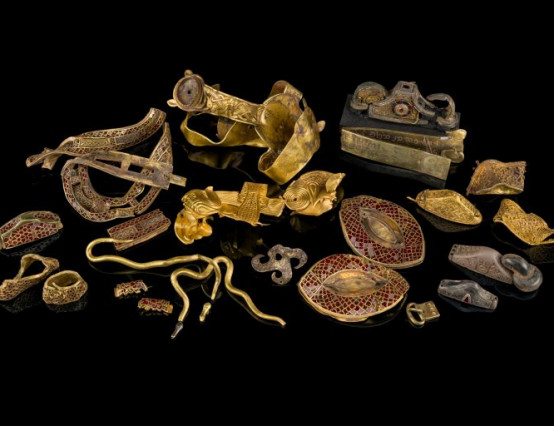
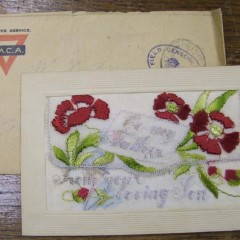


0 Comments